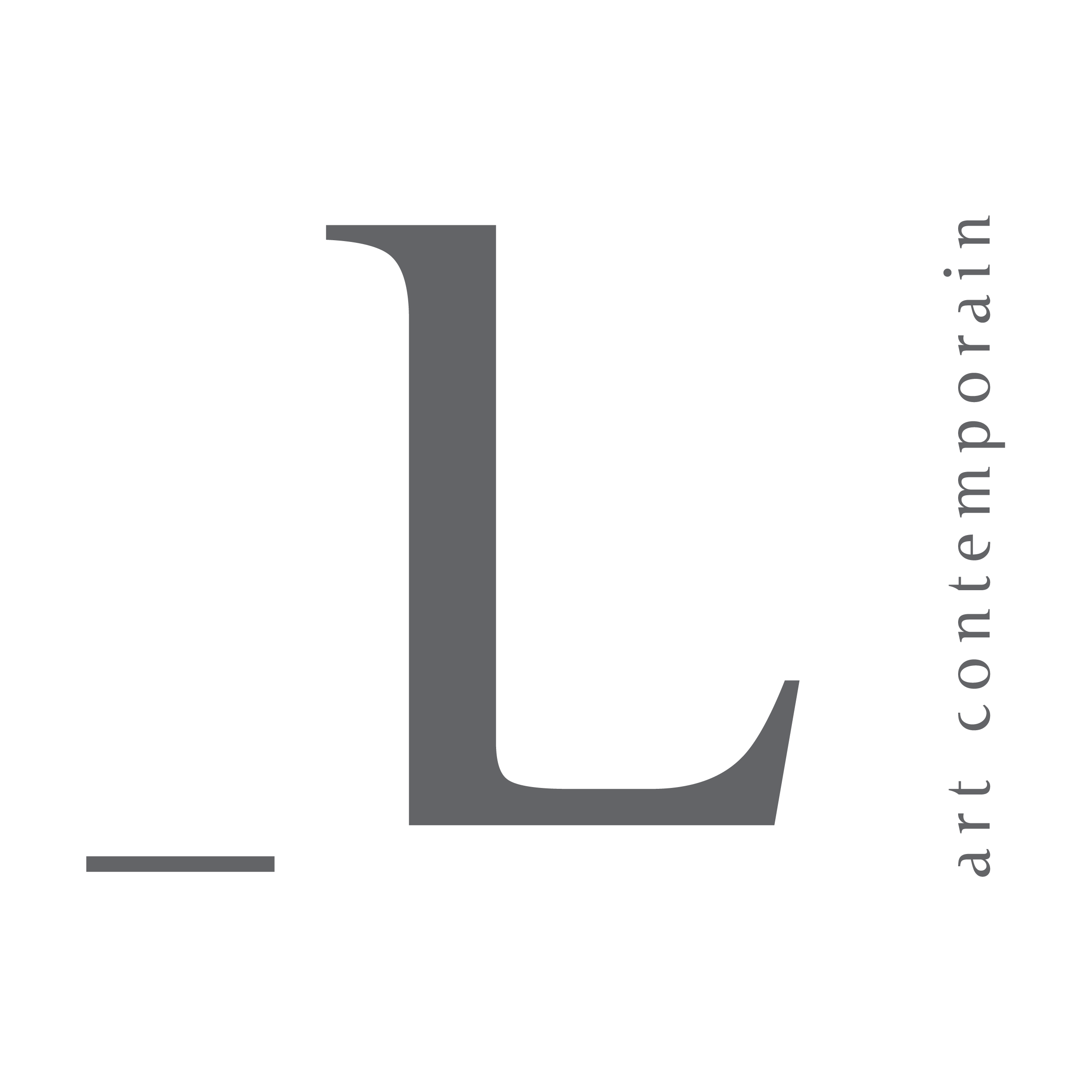
Denis Jutzeler is a Swiss photographer who lives and works in Geneva. “Compositions”, his most recent series of works, gives its name to the exhibition that opens this January 17th, at espace _L gallery.
Jutzeler’s works are inspired by nature. It undergoes his photographs in a transformation process through a series of digital interventions. The photographer creates his compositions, a new variety of plants and flowers, that are the subject of his work. Some of his compositions resemble a storyboard build up with meticulously composed and balanced images of the unruly flora. Jutzeler operates between film and photography; the sense of time that emerges from his digital prints is more akin to the former than the later. In his works, the multitude of layers sometimes expand and, at others, they distort the image. He transforms everything he deems appropriate in order to reach a desired outcome. The viewer is thus compelled to enter into a collective unconscious projecting an alternate reality.
Mai-Britt Wolthers is a Danish artist who lives and works in Santos, Brazil. Her color and graphite “Compositions” are characterized by a strong sense of fluidity between the different color fields that seem to operate on two distinct levels: on the one hand the artist seduces the viewer through the use of color and a multitude of painterly textures; on the other she compels the viewer to focus his attention on several smaller areas and elements within her compositions. These narratives are captured from original images of her photographic archives. In her works one can witness that a drawing detail moves effortlessly from painting to engraving or from painting into space. Some forms are often repeated. From time to time we notice certain symbols and elements that destabilize the flow of the composition and keep her visual language fresh. Wolthers’ uncanny sculptures seem to exist independently from her paintings, at the same time pointing to a tendency of externalizing forms of the unconscious.
The ‘Compositions’ of these two artists, despite their specific technical processes, ultimately result in the creation of fictitious spaces.

